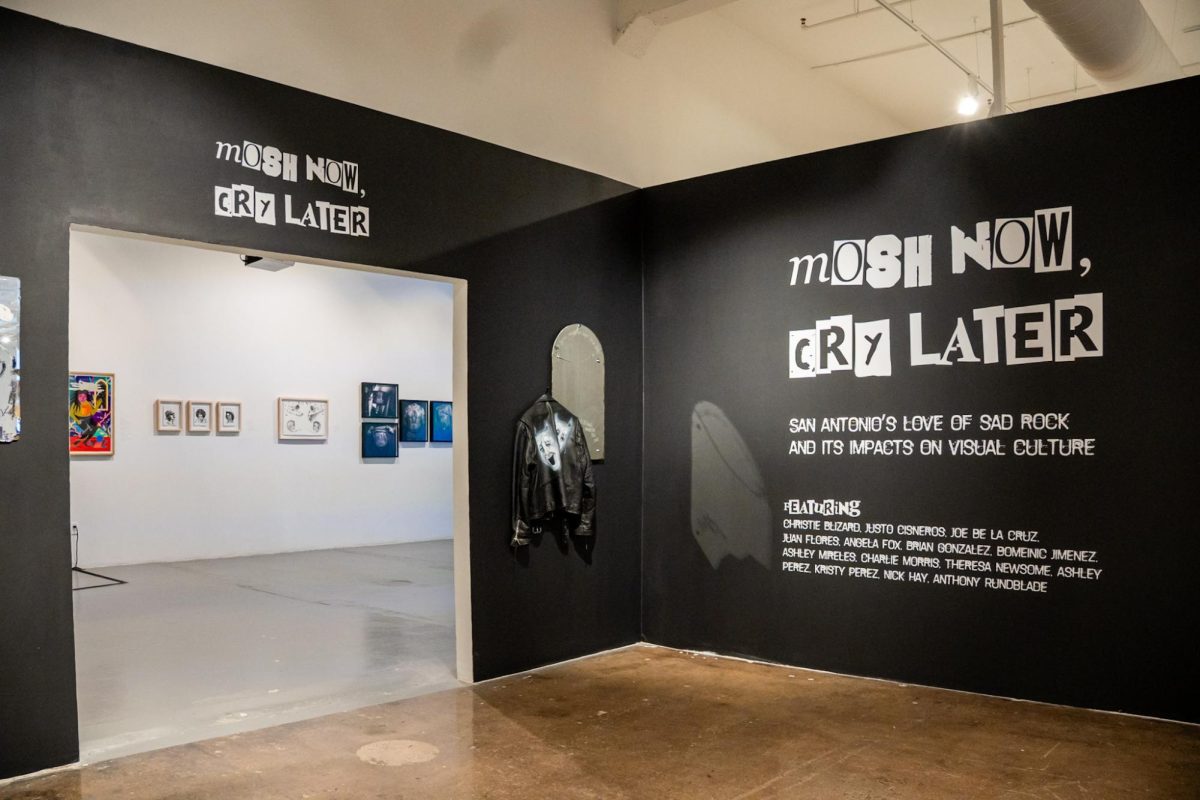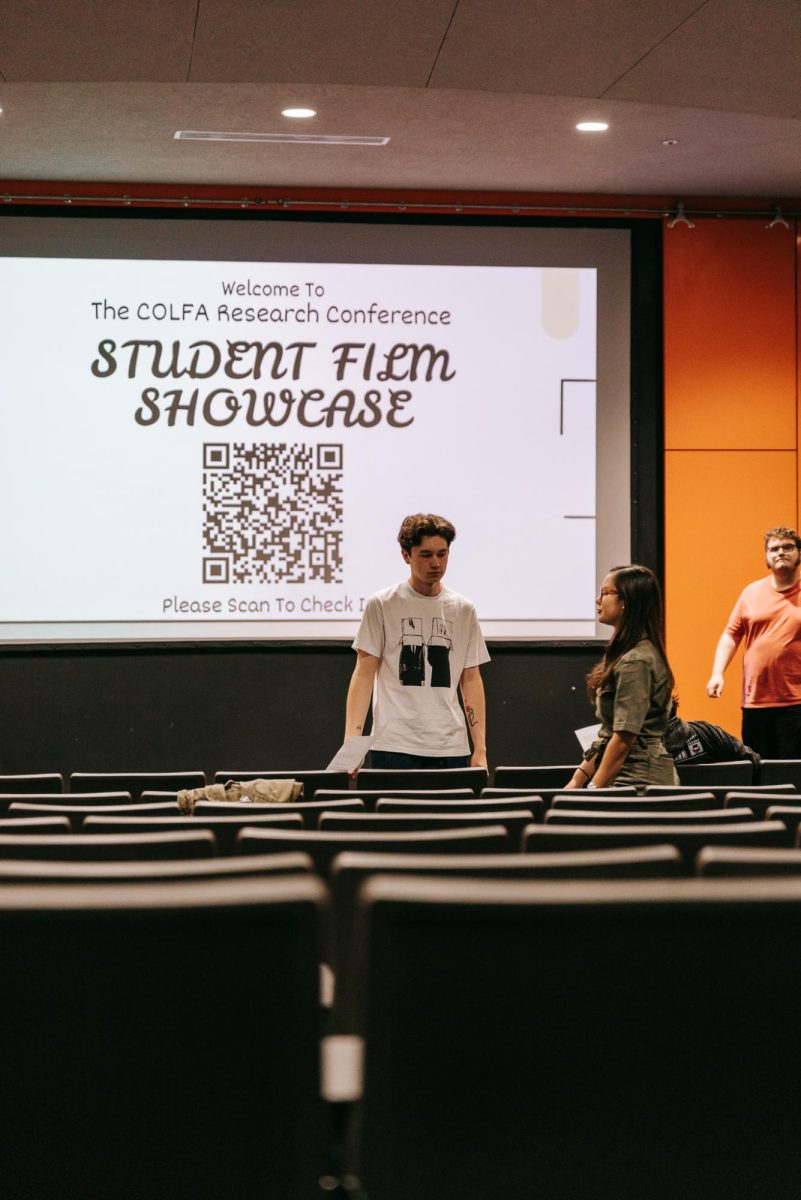Dr. Rushforth, senior lecturer of Spanish at UTSA, recently made a proposal that would utilize the use of Virtual Reality (VR) technology in the classroom. In graduate school, he worked closely with scholars at the University of Southern California (USC) Institute for Creative Technologies with these immersive technologies. Upon his arrival at UTSA, he envisioned Roadrunners using this very same technology to learn.
Dr. Rushforth’s first VR project received funding to purchase VR viewers that are utilized with your smartphone. The VR viewers allowed his Spanish students to visit culturally significant areas in the Spanish speaking world. The vast majority of language teachers are on board with this technology and believe it would enhance the learning experience.
Q. How long has this proposal been in the works?
I had been thinking of using immersive technologies for instruction for over 10 years, but I learned about this particular grant in Fall of 2018. I owe a lot to Dr. Vanessa Hammler Kenon and the UTSA Office of Information Technology (OIT) for letting me know about the opportunity and encouraging me to apply. They have been strong advocates for making UTSA a place where students have access to innovative learning technology. Our goal is to use every resource we have to help UTSA students succeed.
Q. Has this technology been used in other classroom settings?
Yes. I am not the only instructor here at UTSA that uses VR. There is a big push in the sciences to use VR. I have colleagues in the Colleges of Education and Human Development, Computer Science and Engineering, all of whom use VR with their students.
Q. What opportunities and experiences will come with this new VR technology?
I predict that VR technology will eventually be taken for granted in a similar way as we do with video and audio recordings. It will let people visit places and interact with people in ways that we cannot currently imagine, but in the future, those ways will seem completely normal. Perhaps classes will feel a bit like being on the Magic School Bus. Each class could be an opportunity to visit and interact with new environments that would be inaccessible in the ordinary physical world.
Q. How will this technology be implemented into the curriculum and what classes will be first utilizing this new technology?
We plan to add VR tours as part of the culture component of our Spanish 1014 courses starting in Fall 2019. At first, the virtual tours will be instructor-directed activities, but I expect that after a successful pilot program, the students themselves will create VR activities for their peers.
Q. How has technology (Conversifi, Virtual Reality, even online textbooks) enhanced communication, especially in a foreign language and linguist classroom environment?
The technologies that you mentioned reduce costs to the student. Digital textbooks generally cost less than a print edition, and those savings can make [a] difference for students who are struggling financially by allowing them to purchase course materials. It seems obvious, but having the course materials is necessary to have the best learning outcomes.
Conversifi is a digital platform that connects university students from Spain and Mexico with students in the United States via one-on-one video conferencing. Conversifi gives students a real-world application for the skills they are developing in class. The difference between Conversifi and other similar services is that it is free to the student. We are looking into other platforms such as ConversationExchange.com, which was started by UTSA alumnus Federico Balbi.
Similarly, virtual reality allows people a chance to experience the sights of a foreign country in a way that does not require passports, plane tickets and other expenses.
Q. What effect could this technology have on study abroad programs?
The first application we had in mind is as a recruitment and orientation tool for students considering a study abroad. The visual experience of a virtual tour of a study abroad destination could reduce the worry some students feel when they travel to an unfamiliar place. If students feel less anxious about traveling to a foreign country, perhaps they may be more willing to add that aspect to their university experience and will have a more positive experience while there.










